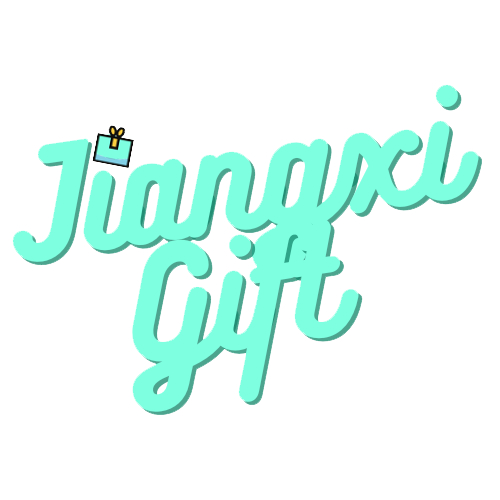Want to customize T-shirts?
You need to know these basics about T-shirt customization
1. What is weight/GSM?
T-shirt custom weight is generally used to indicate the thickness of the fabric. The greater the weight, the thicker the clothing. The weight of T-shirts is generally between 160 grams and 220 grams. If it is too thin, it will be very see-through, and if it is too thick, it will be stuffy. Generally, the weight of T-shirts is between 180 and 260 grams. Short-sleeves are generally made of 180-220 grams, which is just the right thickness to wear. Long-sleeved T-shirts are generally made of 260 grams, which is a thickened type.
2. What is yarn count?
Definition: The common weight is the number of lengths of cotton yarn weighing one pound.
Thick count yarn: pure cotton yarn with count 18 and below, mainly used for weaving thick fabrics or pile and loop cotton fabrics.
Medium count yarn: 19-29 count pure cotton yarn. Mainly used for knitted garments with general requirements.
Fine count yarn: 30-60 count pure cotton yarn. Mainly used for high-grade knitted cotton fabrics. The higher the thread count, the softer it is. T-shirts are generally 21 and 32 threads.
3. What is combed cotton?
T-shirt customization cotton yarn can be divided into carded and combed yarn.
Carded yarn: refers to yarn spun by carded spinning process, also called uncombed yarn.
Combed yarn: refers to yarn produced by using high-quality cotton fiber as raw material and adding more combing processes than carded yarn during spinning. The surface of the fabric is relatively neat and feels soft.
Click the link to jump directly to the content you are interested in
4. What are the techniques for T-shirt printing?
T-shirt custom printing is basically divided into two types: silk-screen and transfer printing.
Silk-screen: The technology is relatively complex, mainly including design, film production, printing, printing and drying.
The advantages are high color fastness, durability and washability. Screen printing plate making is more expensive, so mass production is required to reduce costs, and it cannot meet the needs of single-piece or very small batch printing.Transfer printing: also called heat transfer. The advantages are bright colors and simple technology. The disadvantage is that the pattern has poor durability, is not resistant to wear and tear, and is not resistant to washing.
If you still don’t know how to choose and customize the T-shirt or polo shirt, welcome contact us now!
